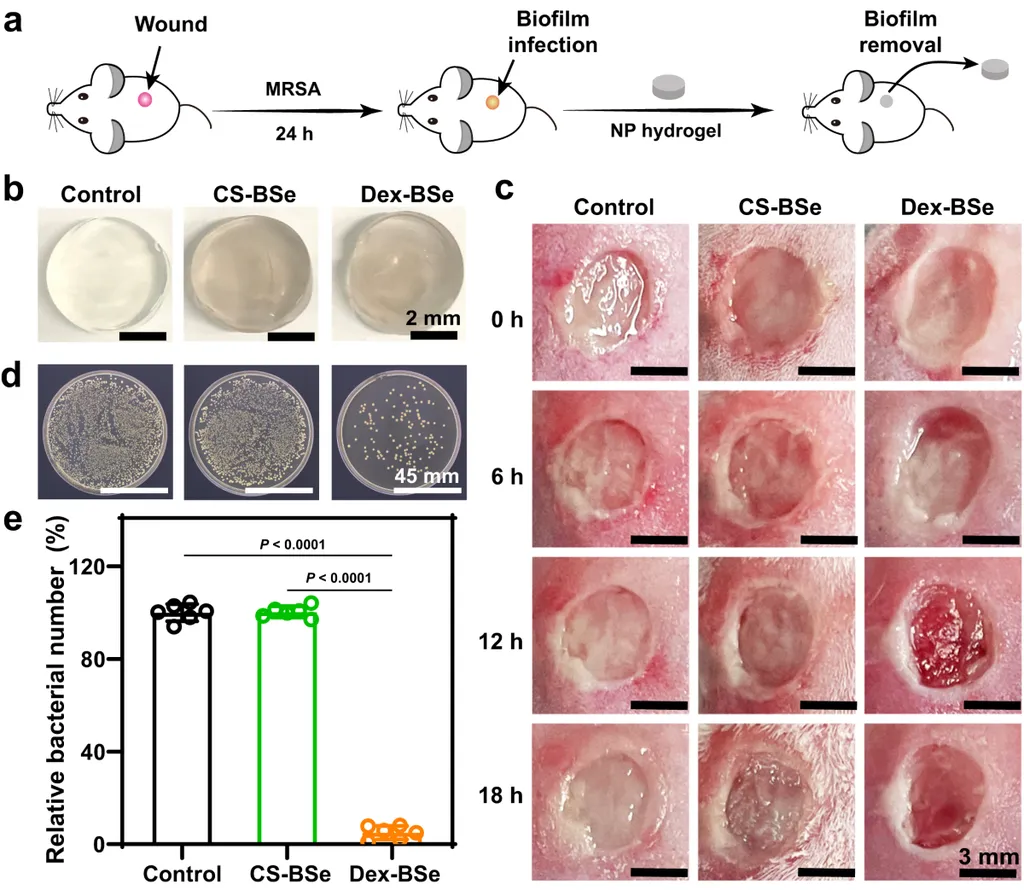In the relentless battle against persistent infections, a groundbreaking development from researchers at Jinan University in Guangzhou, China, is poised to revolutionize the way we diagnose and treat deep-seated infections caused by methicillin-resistant Staphylococcus aureus (MRSA) in biofilms. Led by Pengwei Chen of the Guangdong Provincial Key Laboratory of Optical Fiber Sensing and Communications, the team has introduced an all-in-one optical microfiber that not only rapidly detects MRSA but also delivers a synergistic antimicrobial therapy.
The innovation lies in the integration of rapid quantitative analysis with multimode antimicrobial therapy. The interfacial-functionalized sensor can detect MRSA in clinical whole-blood samples with just 10 microliters of volume, slashing the detection time to a mere 30 minutes. This swift and accurate diagnosis is crucial for preventing false positives and negatives, ensuring timely and appropriate treatment.
But the real game-changer is the therapeutic aspect. The optical microfiber employs a combination of photothermal therapy (PTT), photodynamic therapy (PDT), and the antibacterial effect of silver ions (Ag+). This one-time treatment not only accelerates recovery but also prevents recurrence by activating immune memory. “The light guided through the optical fiber can reach deep-seated biofilms, which other light sources fail to reach,” explains Chen. This localized treatment minimizes harm to surrounding healthy tissues and prevents the enrichment of therapeutic agents in other organs.
The implications for the energy sector are significant. Persistent infections can lead to costly downtime and maintenance in industrial settings. This technology could potentially reduce these disruptions by providing a swift and effective solution to MRSA infections in biofilms, which are particularly challenging to treat.
Published in the journal InfoMat (translated from Chinese as “Information Materials”), this research opens up new avenues for the clinical diagnosis and treatment of deep-seated infections. As Pengwei Chen puts it, “This work is promising for the clinical diagnosis and treatment of deep-seated infections.” The integration of diagnostic and therapeutic functions into a single, versatile tool could indeed shape the future of infection management, not just in healthcare but also in various industrial applications, including the energy sector.

